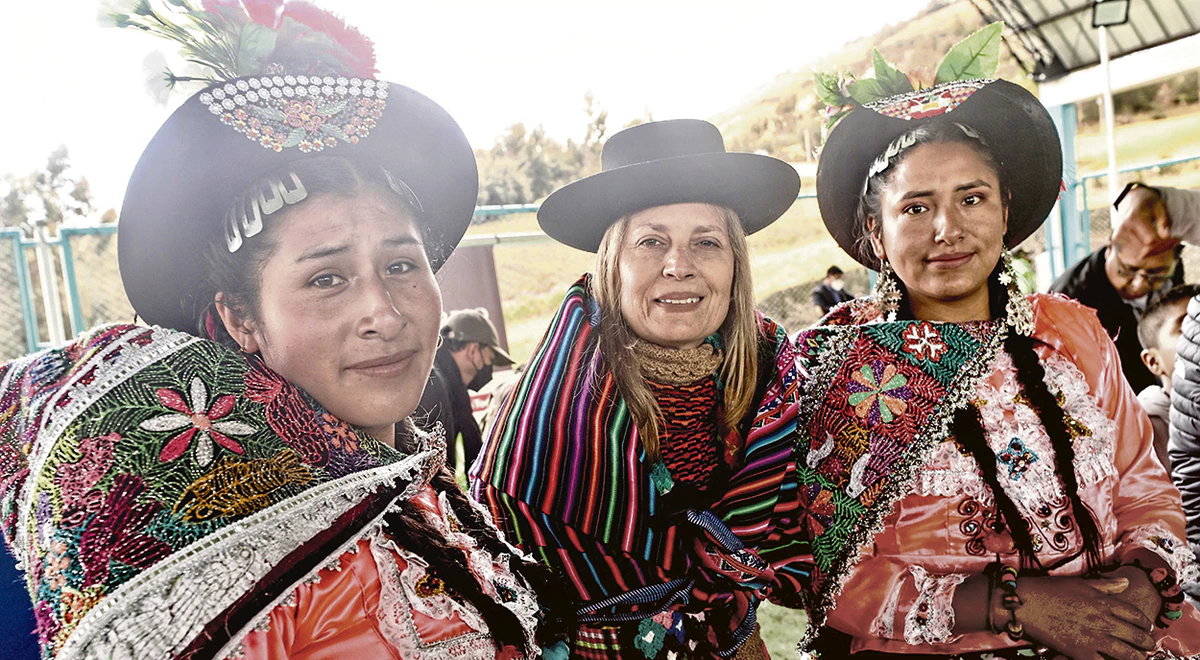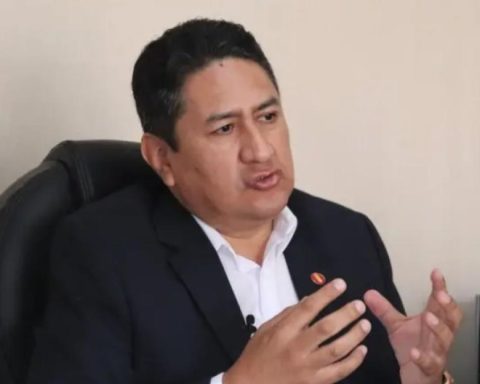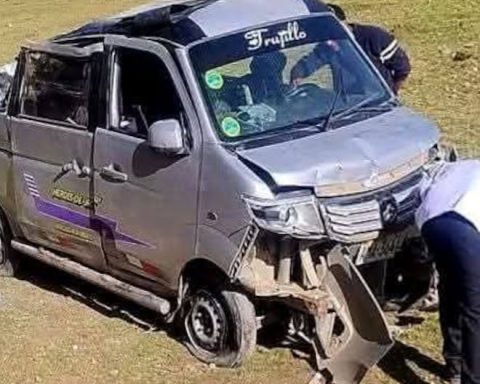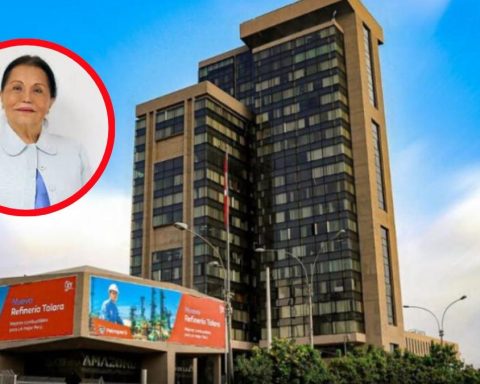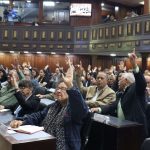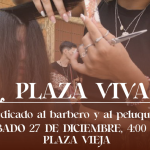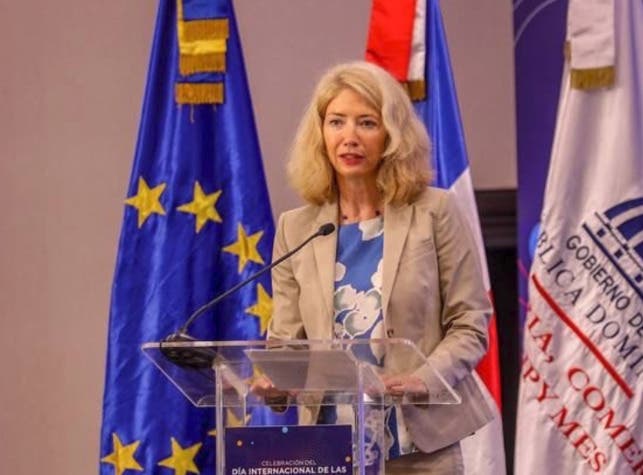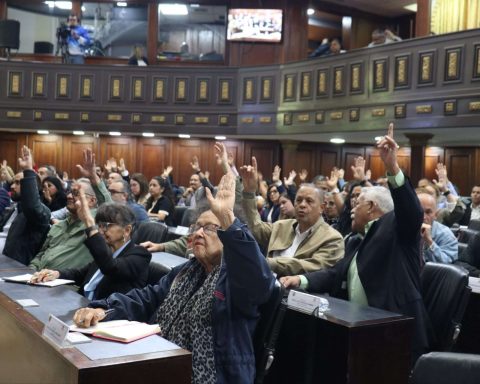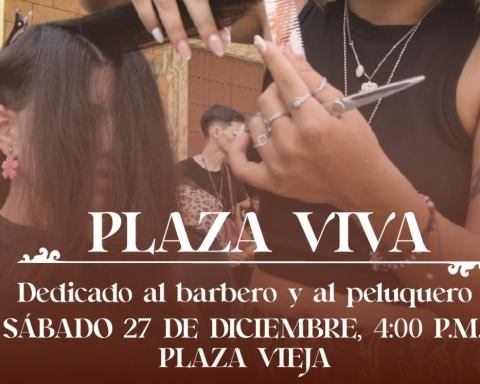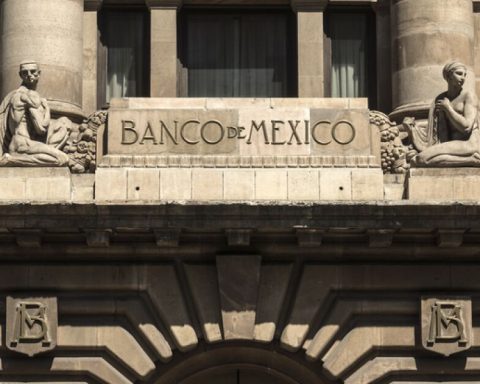The president of Congress, Maricarmen Alvafinds himself back in the spotlight as he moves from “changes my tone” to the mayor of Ocoña, in February of this year, “We work for everyone, whites and Indians”, in his speech last Saturday in Piura.
Alva’s speech has been harshly criticized on social networks, as they have related it to sensitive issues in our country such as racism and discrimination.
The statements of the Legislative head have been classified as racist, paternalistic and divisive, because His message ends by focusing on highlighting that a classification among Peruvians must be based on skin color or physical appearance.
YOU CAN SEE: María del Carmen Alva assures that her classist speech was taken out of context
“The issue is that when she chooses the words, she implies what the components of our society are and for that the first thing he chooses are these two words ‘whites and Indians’. That seems very significant to me, the choice of words is not accidental. Language reveals the ideas that people have”, says the anthropologist Juan Carlos Callirgos.
For the historians consulted, it is important to point out that, historical level, the term ‘Indian’ was used by the Spanish to name the original population that was colonized by force and subsequently legally lowered to a position of inferiority.
“A division between whites and Indians is a division that takes you back to colonial society, although at that time the word was not strictly white, but Spanish”, maintains the historian of the Pontifical Catholic University of Peru (PUCP) Jesús Cosamalón.
YOU CAN SEE: Sol Carreño described Isabel Cortez’s intention to be president of Congress as immoral
However, it was only with the appearance of scientific racism, which held that there was a natural difference in people’s genetics, that brutal waves of racism were generated, in the 19th century until the end of World War II.
In Peru, the indigenous were the most affected.
“That’s when the word [indio] acquires the harshest and most negative connotation, this term was used throughout the 20th century and remains to this day. It has more to do with insult and denigration than with the positive side.” Cosamalón adds.
YOU CAN SEE: Wampis and Awajún indigenous leaders speak out on declaration of emergency in Condorcanqui
For the historian of the PUCP, in the words of the president of Congress, Maricarmen Alva, a marked position of paternalism is evident, a type of discourse characteristic of landowners and gamonales.
“It’s the same speech that you can find in literature when a landowner refers to his workers as ‘my Indians’, with a possessive, which supposes a paternalistic position”, declared Juan Carlos Callirgos.
The also congresswoman from Acción Popular used her social networks to denounce that behind the criticism of his speech there is a sector of the government that seeks to misrepresent everything he says to generate crises.
YOU CAN SEE: Escazú Agreement: 22 murders of environmental defenders since 2020
“Taking out of context the words I gave in Piura, during the unveiling of the Bicentennial plaque of Congress, ratifies the modus operandi of those who try to generate a divisive discourse among Peruvians, as the ruling party and its allies do,” he wrote in his twitter account.
Finally, the anthropologist Juan Carlos Callirgos argued that racism is a social evil that is still present in our society and that requires an effort as a country, and especially from the authorities, to banish it.
“We are a country where social gaps are very wide and where the elite continues to be identified with whiteness and the subordinate sectors with Afro-Peruvian and indigenous people. As long as those gaps are not closed, there will still be sustenance to continue saying that being white is superior ”, declared.
YOU CAN SEE: Ucayali: indigenous communities of Purús ask to belong to Brazil due to the absence of the Peruvian State
domination system
Approach by Marcel Velázquez, professor at UNMSM
The Spanish nominally subsume the original peoples in the word “Indians”. In colonial documents, the use of the word “Spanish” predominates, but this social position is associated with whiteness.
In the nineteenth century, the identification of the civilized world with social actors “whites” is consolidated in the framework of colonial wars and the imposition of racism, as a system of domination, cognition and assignment of essential moral behaviors to “Indians”, “blacks”, Chinese”, etc.
In the censuses of the 20th century in Peru, the category “white” has been used, today completely abandoned.
YOU CAN SEE: Congress: debate for return to bicamerality moves to a new intermediate room
If an authority repeats a dichotomous racial view of the social community, rekindles the fire of representations that have legitimized inequality and activates modes of cognition that make racial abuse and violence possible.
Role. Despite everything, there are those who are still designated as Indians. Photo: diffusion
reactions
Juan Carlos Callirgos, anthropologist of the PUCP
“It is the same discourse that you can find in literature when a landowner refers to his workers as “my Indians”, with a possessive, which supposes a paternalistic position”.
Jesús Cosamalón, historian of the PUCP
“A division between whites and Indians is a division that takes you back to colonial society, although back then the word was not strictly white, but Spanish.”
